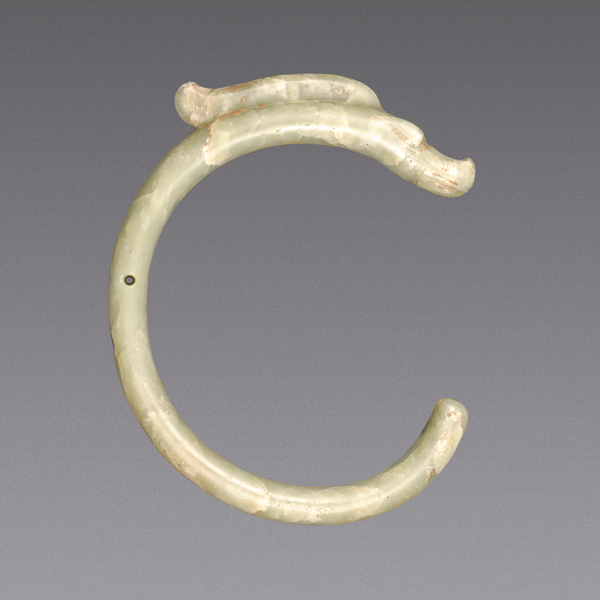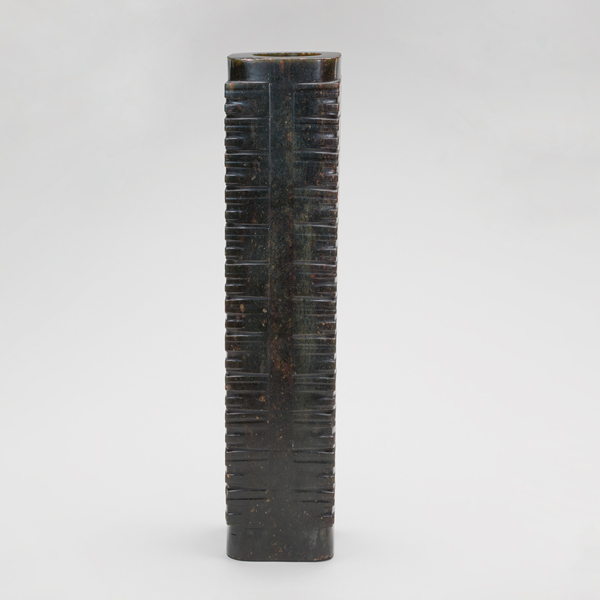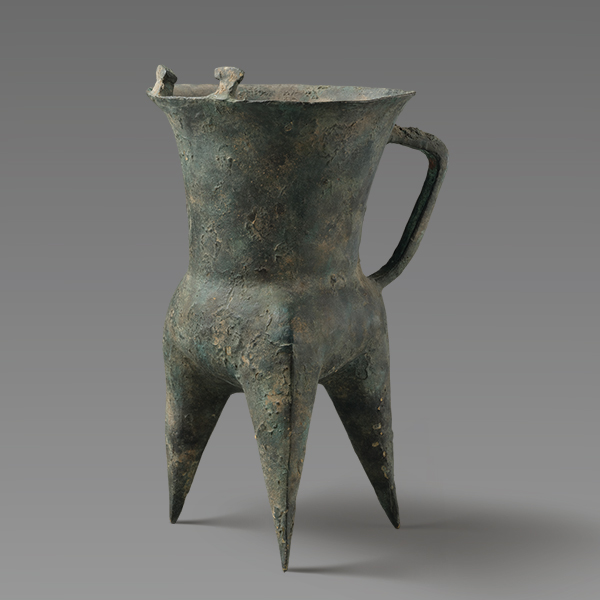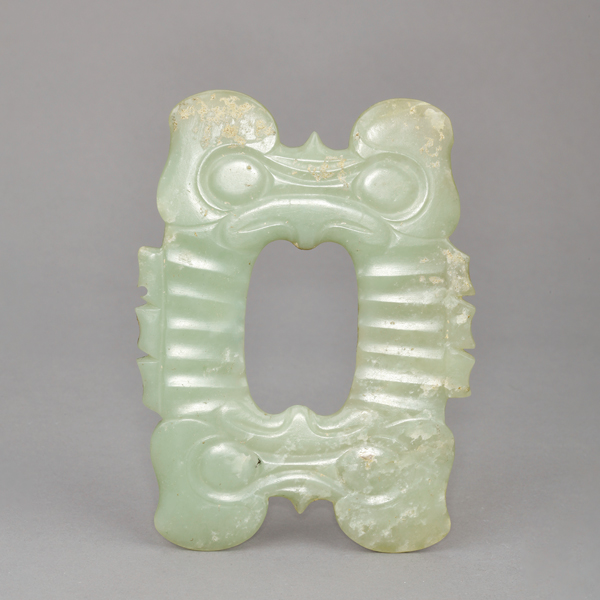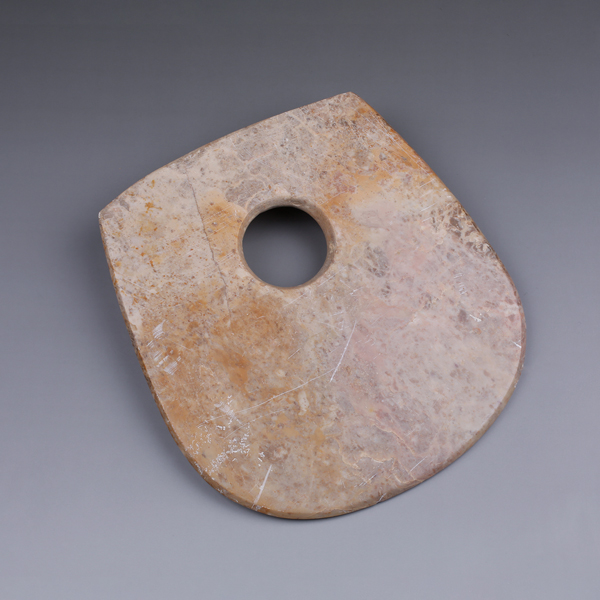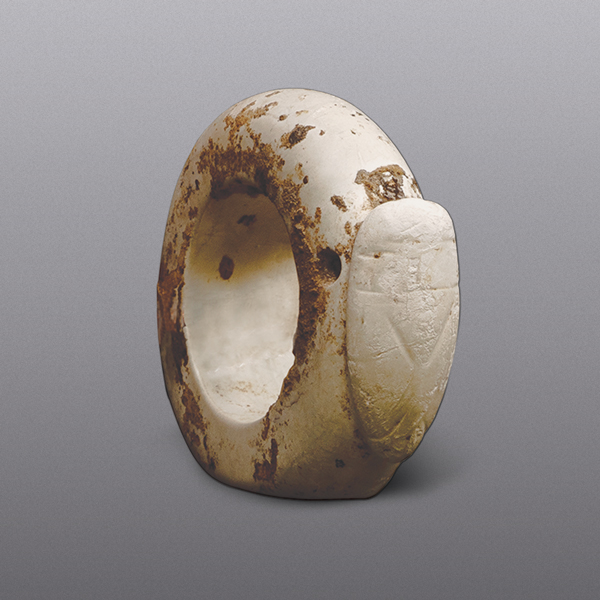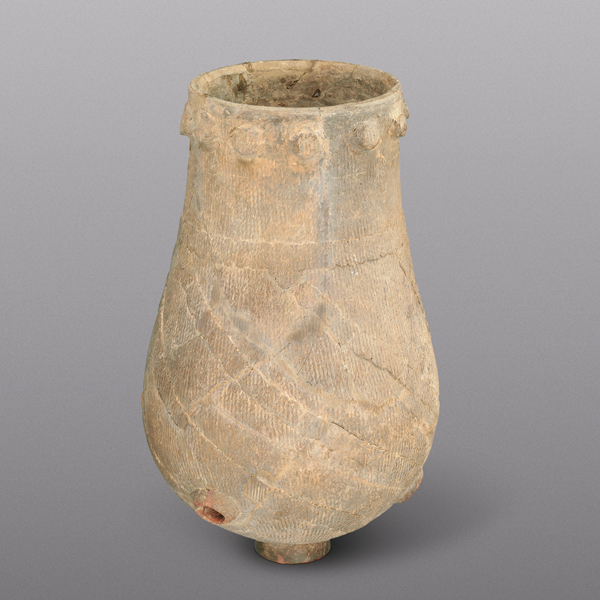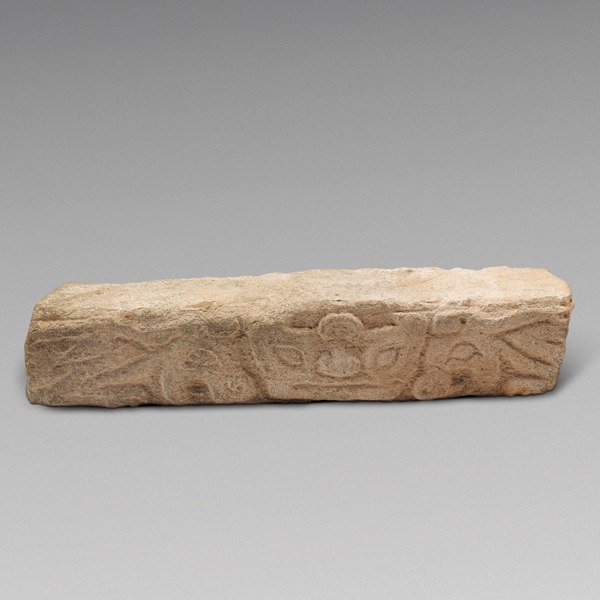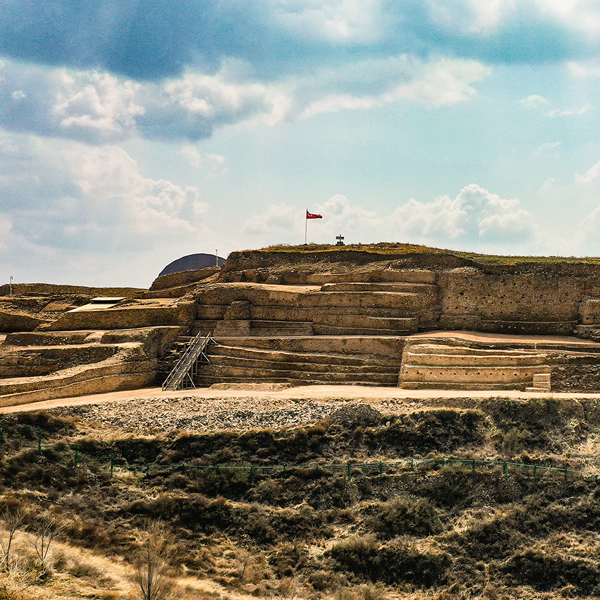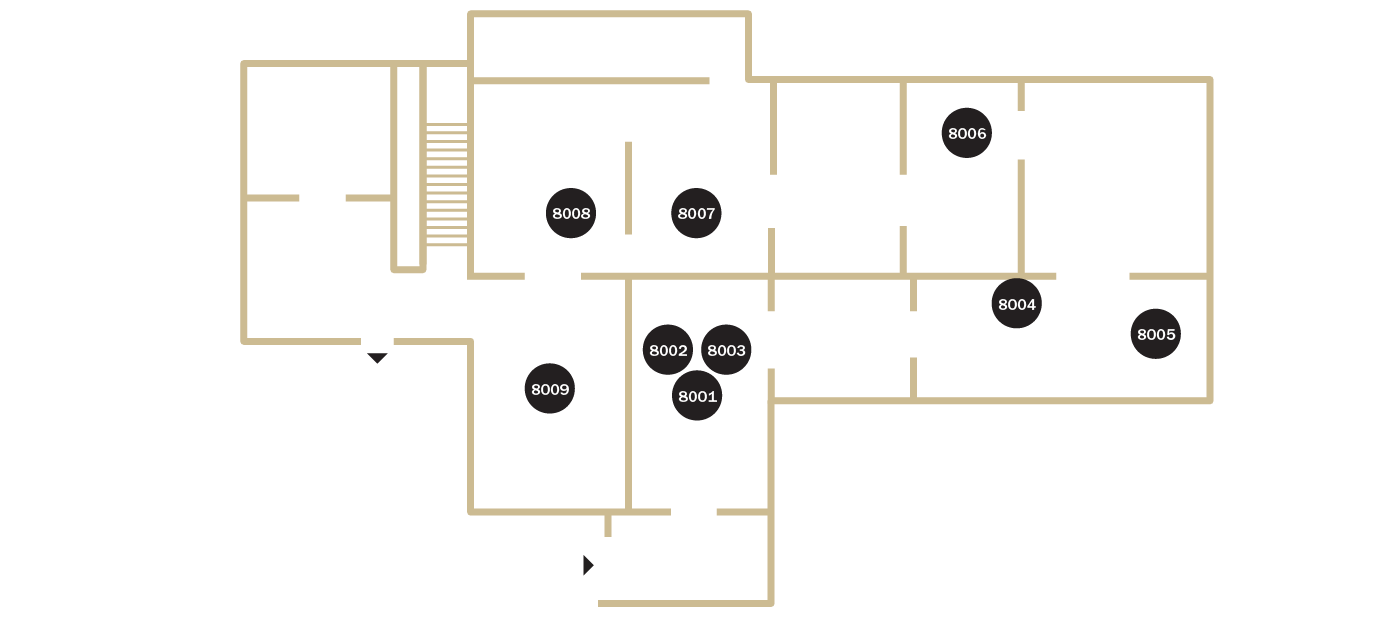Jades and dragons are two key elements of Chinese civilisation. Take a moment to look at the jade dragon in front of you—it comes from the mid-to-late Hongshan culture that dates back 5,000 to 6,000 years. The sites associated with this culture are located in the Inner Mongolia Autonomous Region and Liaoning Province and represent the early development of Chinese civilisation. A large number of jades have been excavated in these areas, with jade dragons being the most representative finds. This jade dragon features a slim, elongated body, a snout that extends upward, and a long mane that gives it a sense of motion. It is one of the earliest objects used in the worship of dragons and reflects the spiritual beliefs of the Hongshan people.
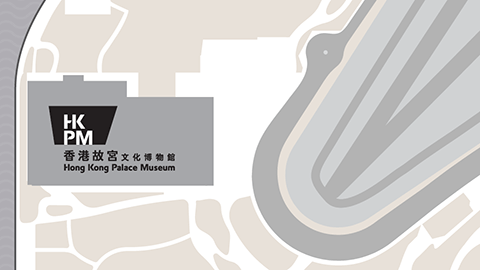
Hong Kong Palace Museum
West Kowloon Cultural District, 8 Museum Drive, Kowloon
Mon, Wed, Thu & Sun
10:00 am–06:00 pm
Fri, Sat & Public Holiday
10:00 am–08:00 pm | Closed on Tuesdays (except public holidays) & the first two days of the Lunar New Year






